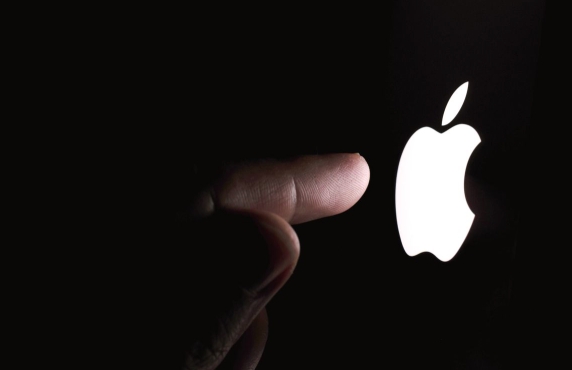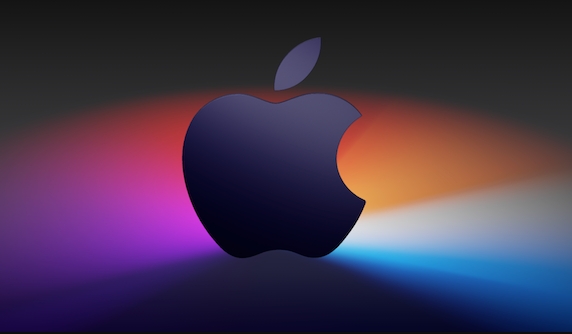How to use Disk Utility to repair a disk on a Mac?
To repair a disk on a Mac using Disk Utility, restart in Recovery Mode by holding Command (⌘) R, select Disk Utility and click Continue. 1. Open Disk Utility from macOS Recovery for startup disks or from Applications > Utilities for external drives. 2. In Disk Utility, click View > Show All Devices, then select the volume (e.g., “Macintosh HD”), container, or physical drive needing repair. 3. Click the First Aid button and run the scan to detect and fix errors automatically, with success confirmed by a “disk was repaired successfully” message. 4. If First Aid fails, run it on the container and physical drive, restart and retry, or back up data and reformat the drive if necessary. Always back up data beforehand, use First Aid regularly on external drives, and if the startup disk is unrepairable, erase it and restore from a Time Machine backup.

To repair a disk on a Mac using Disk Utility, follow these steps. This built-in tool can help fix common disk issues, such as file system errors or startup problems.

1. Open Disk Utility in Recovery Mode
For the best results—especially when repairing the startup disk—you should use Disk Utility from macOS Recovery. This ensures the disk isn’t in use.
- Restart your Mac.
- Immediately hold down Command (⌘) R until you see the Apple logo or a spinning globe.
- Release the keys when you see the macOS Utilities window.
- Select Disk Utility and click Continue.
Note: If you're troubleshooting a non-startup disk (like an external drive), you can open Disk Utility from the Applications > Utilities folder while macOS is running.

2. Select the Correct Disk
In the Disk Utility window, you’ll see a list of drives and volumes on the left.
- Click View > Show All Devices (if not already selected). This shows the full hierarchy: physical drives, containers, and volumes.
- Select the volume you want to repair (usually named "Macintosh HD").
- For deeper issues, you may also need to select the container or physical drive above it.
3. Run First Aid
- With the correct disk or volume selected, click the First Aid button (shaped like a stethoscope).
- Click Run to begin the scan.
Disk Utility will check the file system for errors and attempt to repair them automatically.

- If repairs are successful, you’ll see a message like “The disk was repaired successfully.”
- If errors can’t be fixed, you may need to back up data and reformat the drive.
4. Handle Unrepairable Issues
If First Aid fails:
- Try running First Aid on the container and then the physical drive level.
- Restart and try again—sometimes a second pass catches lingering issues.
- If the disk still can’t be repaired, back up your data (if accessible) and consider erasing and reinstalling macOS.
Common tips:
- Always back up important data before attempting repairs.
- Use First Aid on external drives regularly to prevent corruption.
- If your Mac won’t start and Disk Utility can’t repair the disk, you may need to erase it and restore from a Time Machine backup.
Basically, Disk Utility’s First Aid is the go-to tool for most disk problems on Mac—and running it from Recovery Mode gives it the best chance to fix serious issues.
The above is the detailed content of How to use Disk Utility to repair a disk on a Mac?. For more information, please follow other related articles on the PHP Chinese website!

Hot AI Tools

Undress AI Tool
Undress images for free

Undresser.AI Undress
AI-powered app for creating realistic nude photos

AI Clothes Remover
Online AI tool for removing clothes from photos.

Clothoff.io
AI clothes remover

Video Face Swap
Swap faces in any video effortlessly with our completely free AI face swap tool!

Hot Article

Hot Tools

Notepad++7.3.1
Easy-to-use and free code editor

SublimeText3 Chinese version
Chinese version, very easy to use

Zend Studio 13.0.1
Powerful PHP integrated development environment

Dreamweaver CS6
Visual web development tools

SublimeText3 Mac version
God-level code editing software (SublimeText3)
 How to set up email on a Mac?
Aug 04, 2025 am 07:48 AM
How to set up email on a Mac?
Aug 04, 2025 am 07:48 AM
OpentheMailappandclickAddAccount,thenenteryourname,email,andpassword.2.Selectyouremailprovider—iCloud,Gmail,Yahoo,orOutlook.comwillauto-configureusingOAuth.3.Forunsupportedproviders,choosemanualsetupandenterIMAP/SMTPserverdetailsincludinghostnames,po
 How to change sound output on Mac
Jul 28, 2025 am 01:30 AM
How to change sound output on Mac
Jul 28, 2025 am 01:30 AM
Clickthesoundiconinthemenubartoquicklyselectanavailableoutputdevice.2.GotoSystemSettings>Sound>Outputfordetailedcontrolovervolume,balance,andaudioformat.3.UsetheOptionkeywiththesoundiconortheAirPlayicontostreamaudiotoAirPlay-compatibledevices.4
 How to fix a flashing folder with a question mark on Mac
Jul 26, 2025 am 03:04 AM
How to fix a flashing folder with a question mark on Mac
Jul 26, 2025 am 03:04 AM
RestartandholdtheOptionkeytoaccesstheStartupManagerandselectyourstartupdisk.2.BootintoRecoveryModeusingCommand R,thencheckorchangethestartupdiskintheStartupDiskutility.3.UseDiskUtility’sFirstAidtorepairtheinternaldriveifitappearsbutwon’tmount.4.Reset
 How to disable Siri on Mac
Jul 30, 2025 am 04:58 AM
How to disable Siri on Mac
Jul 30, 2025 am 04:58 AM
TodisableSirionyourMac,gotoSystemSettingsfromtheApplemenu,clickSiri,andtogglethemainSiriswitchoff.2.TostopSirisuggestionsanddatasharing,gotoSystemSettings>Siriandturnoffoptionslike“Listenfor‘HeySiri’”,“AllowSiriwhenlocked”,and“ImproveSiri&Dict
 How to turn on screen sharing on Mac
Jul 26, 2025 am 03:40 AM
How to turn on screen sharing on Mac
Jul 26, 2025 am 03:40 AM
To enable screen sharing function on your Mac, first turn on "Screen Sharing" in "System Settings" and enable it, then select the users and permissions allowed to access; secondly, you can connect to other Mac devices through "Findor" for screen sharing, and make sure that it is on the same LAN and the service is enabled; finally, you can use VNC clients to achieve cross-platform remote control, configure IP addresses and passwords, and pay attention to firewall and network security settings.
 How to invert colors on Mac
Jul 26, 2025 am 08:46 AM
How to invert colors on Mac
Jul 26, 2025 am 08:46 AM
ToinvertcolorsonaMac,gotoSystemSettings>Accessibility>DisplayandtoggleonInvertColors,choosingbetweenClassicInvertforfullinversionorSmartInverttopreserveimagesandvideos.2.EnabletheCommand Option Control 8keyboardshortcutinthesamemenuforquicktogg
 How to install Windows on a Mac
Jul 31, 2025 am 10:07 AM
How to install Windows on a Mac
Jul 31, 2025 am 10:07 AM
ForIntel-basedMacs,useBootCampAssistanttocreateadual-bootsystemwithWindowsbypreparingaUSBdrive,downloadingaWindowsISO,partitioningthedisk,andinstallingWindowsalongsidemacOSwithsupportdrivers.2.ForAppleSiliconMacs(M1/M2/M3),usevirtualizationsoftwareli
 How to use the Touch Bar on MacBook Pro
Jul 30, 2025 am 04:53 AM
How to use the Touch Bar on MacBook Pro
Jul 30, 2025 am 04:53 AM
TheTouchBaronMacBookProisacustomizableOLEDstripthatreplacestraditionalfunctionkeysandadaptstoappsforquickaccesstotoolsandshortcuts.1.ThedefaultlayoutincludesTouchIDontheleft,app-specificcontrolsinthemiddle(likeback/forwardinSafarioreditingtoolsinPhot








